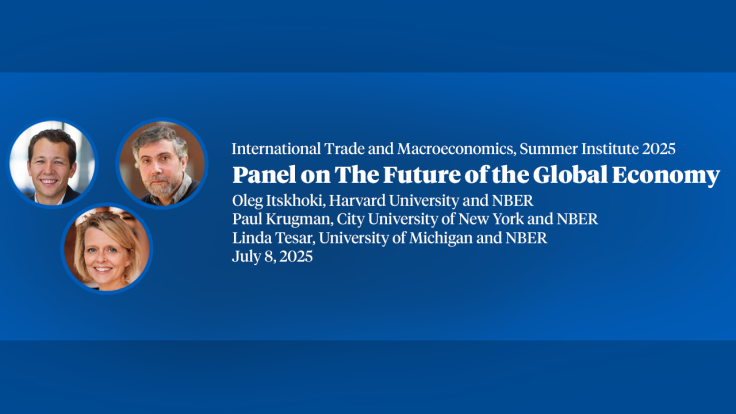From Asia, With Skills
This paper examines the rise of high-skill migration from Asia to the United States over the past three decades and its consequences for both sending and receiving economies. Between 1990 and 2019, migrants from five Asian countries—India, China, South Korea, Japan, and the Philippines—accounted for over one-third of the growth in US software developers and a quarter of the increase in scientists, engineers, and physicians. Drawing on census microdata, visa records, and administrative sources, I show how US demand for talent in information technology, higher education, and healthcare interacted with Asia’s demographic and educational transformations to generate this migration boom. Policy reforms (notably the H-1B, F-1, and J-1 visa programs) and sectoral shifts—such as the internet revolution, declining public support for universities, and aging-related healthcare demand—created persistent needs for foreign students and workers. Asian economies were uniquely positioned to meet this demand through rapid tertiary expansion, strong STEM institutions, English proficiency, and diaspora networks. These inflows boosted US innovation, entrepreneurship, and service-sector productivity while fostering “brain gain” and “brain circulation” in Asia. Together, these trends reveal how talent flows from Asia have become central to the structure and growth of the modern US economy.
-
-
Copy CitationGaurav Khanna, "From Asia, With Skills," NBER Working Paper 34449 (2025), https://doi.org/10.3386/w34449.Download Citation


